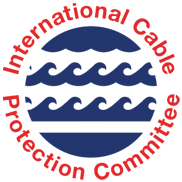Submarine cables have become key facilitators of modern life. Telecommunication cables form the backbone of the global communications network, indeed the Internet itself (and therefore this web-site) could not function without them. Submarine power cables have enabled the bulk import/export of electric power for commercial benefit and to cover peak loads. ICPC's aim is to foster a team-working relationship with other seabed users, so that submarine telecommunications and power cables can operate in harmony with other seabed activities.
The links within this section provide access to pages where more information about submarine cables and use of the seabed can be found.
The links within this section provide access to pages where more information about submarine cables and use of the seabed can be found.
